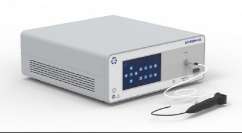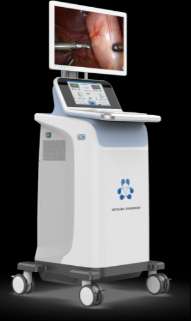A Detailed Look at How Surgical Fluorescence Imaging is Changing the Operating Room
Surgical Fluorescence Imaging (SFI) is being increasingly used in the operating room to help surgeons make advances in their practice. By using this imaging technique, surgeons are able to quickly identify precise areas of tissue, helping them make the most accurate cuts. Let’s take a closer look at how SFI is revolutionizing the way surgeons work today.
The Benefits of Surgical Fluorescence Imaging
Surgical Fluorescence Imaging provides key benefits over traditional methods of imaging. These benefits include:
-
- High definition images: SFI images are incredibly clear and critically allow surgeons to see and distinguish between tissue types in a single image.
-
- Accurate and reliable: SFI is extremely accurate in providing surgeons with precise information on where surgical cuts should be made.
-
- Higher speed: Because SFI is faster than traditional methods of imaging, surgeons can quickly get the information they need and move forward with their operations.
How SFI is Changing the Operating Room
The use of SFI is changing the operating room in several meaningful ways. Here are a few ways it is making an impact:
-
- Safer surgeries: With SFI, surgeons can make more accurate and precise cuts, leading to fewer surgical errors.
-
- Shorter recovery time: With more accurate surgeries, there is less time spent in the operating room, leading to shorter recovery time for patients.
-
- Lower costs: Because SFI is more accurate, there is less risk of medical mistakes, resulting in lower costs of care for patients.
Conclusion
Surgical Fluorescence Imaging is quickly becoming the norm in the operating room and is making a major impact on the way surgeries are conducted. With high-definition images, accuracy, and speed, SFI is helping to make surgeries safer, shorter, and more cost effective. It is clear that SFI is revolutionizing the way surgeons and patients interact in the operating room.




